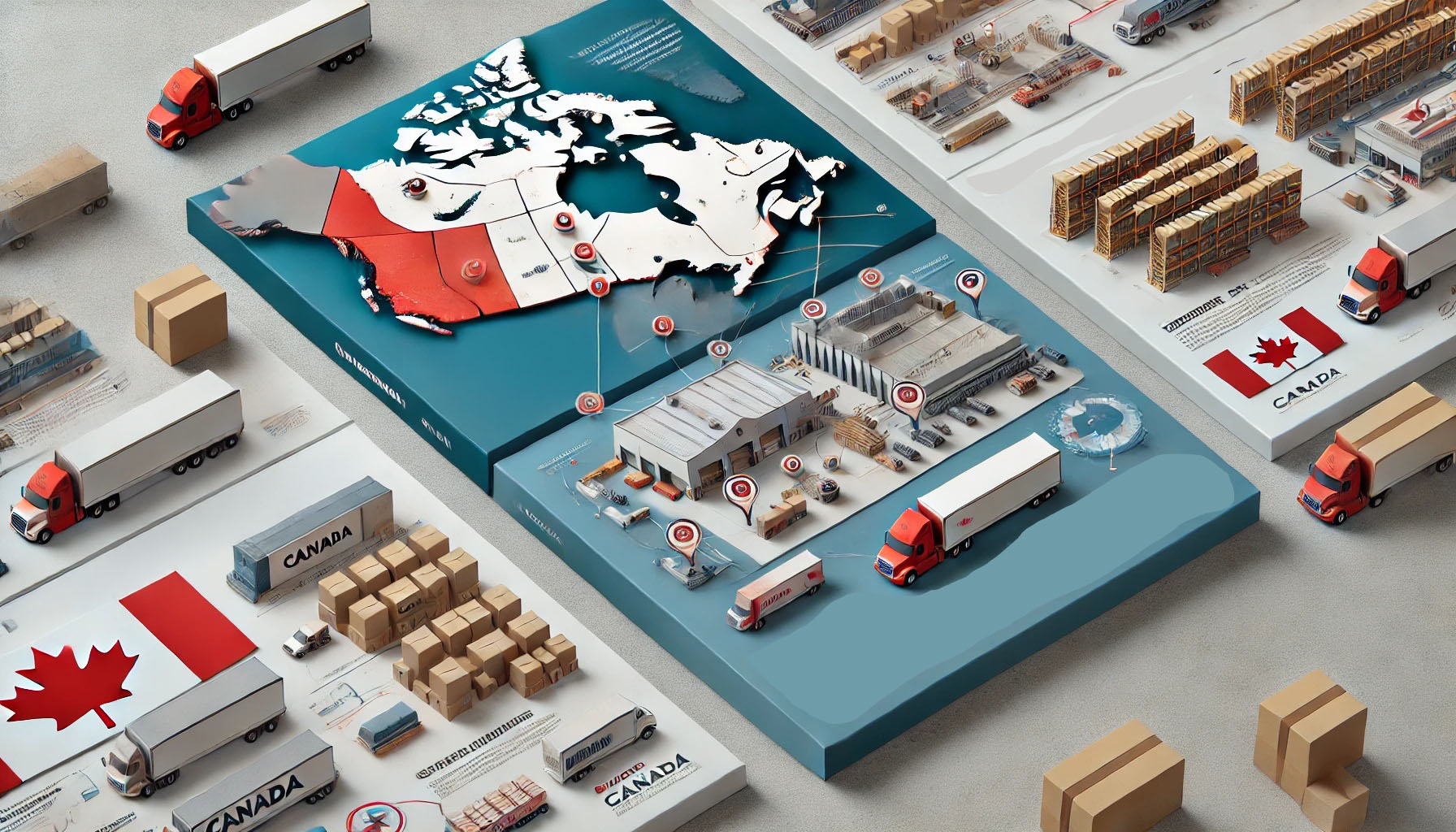Get More Bang for Your Buck: How to Implement a Winning Rewards Program

In today's highly competitive ecommerce landscape, customer loyalty is more important than ever. As more and more consumers turn to online shopping, it's becoming increasingly difficult for ecommerce stores to stand out and retain customers. That's where loyalty programs come in. By offering rewards and incentives for repeat purchases, loyalty programs can help you build stronger, more long-lasting relationships with your customers. In this article, we'll explore how to implement a loyalty program that rewards customers for making larger purchases.
Why Loyalty Programs Matter
Loyalty programs are a powerful tool for ecommerce stores because they help you achieve two key objectives: customer retention and increased sales. By incentivizing customers to continue shopping with your store, you're more likely to retain them over the long term. This can be especially important for stores that sell products with longer buying cycles or high price points.
At the same time, loyalty programs can also help you increase sales by encouraging customers to make larger purchases. By offering rewards or points that are redeemable for discounts or free products, you're giving customers a reason to spend more with your store. This can lead to higher average order values and increased revenue for your business.
Designing Your Loyalty Program
When designing your loyalty program, it's important to keep a few key considerations in mind:
- Choose the Right Incentives: Your loyalty program should offer incentives that are relevant and valuable to your customers. For example, if you sell beauty products, offering free samples or discounts on future purchases might be more effective than offering cash-back rewards.
- Set Achievable Goals: Your loyalty program should be designed with achievable goals in mind. Make sure that your customers can realistically reach the purchase thresholds required to earn rewards or points. If the goals are too difficult to achieve, customers may become discouraged and abandon the program.
- Keep it Simple: Your loyalty program should be easy to understand and use. Make sure that customers can easily track their progress and redeem their rewards without confusion or frustration.
- Promote Your Program: Once you've created your loyalty program, it's important to promote it to your customers. Use email marketing, social media, and other channels to let your customers know about the rewards they can earn by shopping with your store.
Examples of Loyalty Programs
There are many different types of loyalty programs that ecommerce stores can implement, but some common examples include:
- Points-Based Programs: Customers earn points for each purchase they make, and these points can be redeemed for discounts or free products once they reach a certain threshold. This type of program can be effective because it encourages customers to continue shopping with your store in order to earn more points.
- Tiered Programs: Tiered programs offer different levels of rewards based on the customer's purchase history. For example, a customer who has spent a certain amount with your store might be eligible for more valuable rewards than a customer who has only made a few purchases.
- Cash-Back Programs: Cash-back programs offer customers a percentage of their purchase amount back as a cash reward. This type of program can be effective because it gives customers a tangible benefit for their purchases.
- Subscription Programs: Subscription programs offer customers recurring benefits or discounts in exchange for a monthly or annual fee. For example, a beauty store might offer a subscription box that includes a selection of products each month for a set fee.
Best Practices for Loyalty Programs
To make the most of your loyalty program, it's important to follow a few best practices:
- Personalize Your Rewards: Whenever possible, try to personalize your rewards based on the customer's purchase history or preferences. This can help to make your loyalty program feel more valuable and relevant to the customer.
- Offer Exclusive Benefits: In addition to standard rewards and incentives, try to offer exclusive benefits to loyalty program members. This could include early access to new products, exclusive sales, or special events.
- Make it Easy to Join: Make sure that customers can easily join your loyalty program and understand how it works. Use clear messaging and simple sign-up forms to encourage participation.
- Keep Customers Engaged: Once customers have joined your loyalty program, it's important to keep them engaged over time. Use email marketing and other channels to communicate with members and let them know about new rewards, sales, and other promotions.
- Measure Your Results: It's important to track the results of your loyalty program over time to ensure that it's effective. Use analytics tools to monitor customer behavior and purchase patterns, and make adjustments to your program as needed.
In the highly competitive ecommerce landscape, where customer loyalty plays a crucial role, implementing a robust loyalty program is essential for 3PL companies in Vancouver looking to stand out and retain clients. By offering rewards and incentives for repeat purchases, loyalty programs enable businesses to forge stronger and long-lasting relationships with their customers. This article has explored the significance of loyalty programs and provided insights on designing an effective program that rewards customers for making larger purchases. By adopting the right incentives, setting achievable goals, and promoting the program strategically through channels like email marketing and social media, 3PL businesses can enhance customer retention and drive increased sales. Implementing a well-crafted loyalty program is a smart strategy to foster customer loyalty and achieve tangible results in the competitive world of ecommerce.




